I raise butterflies so children can experience the sheer joy of holding them and observing them up-close.
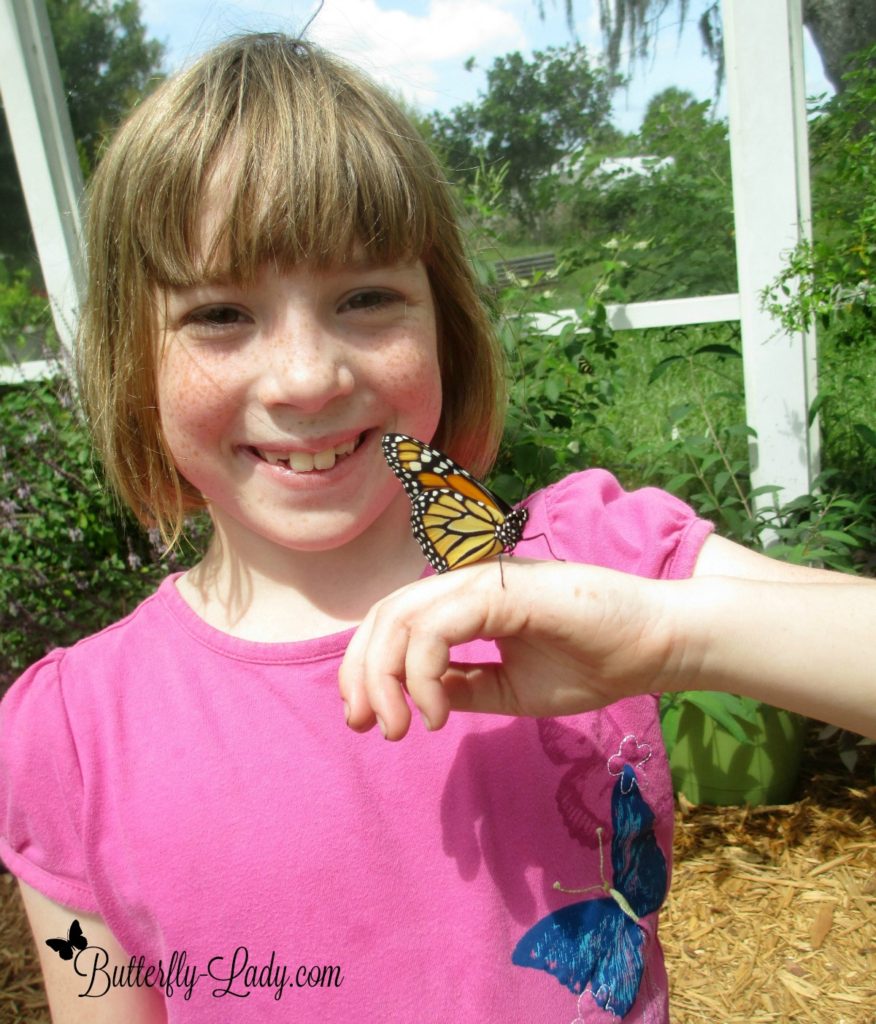
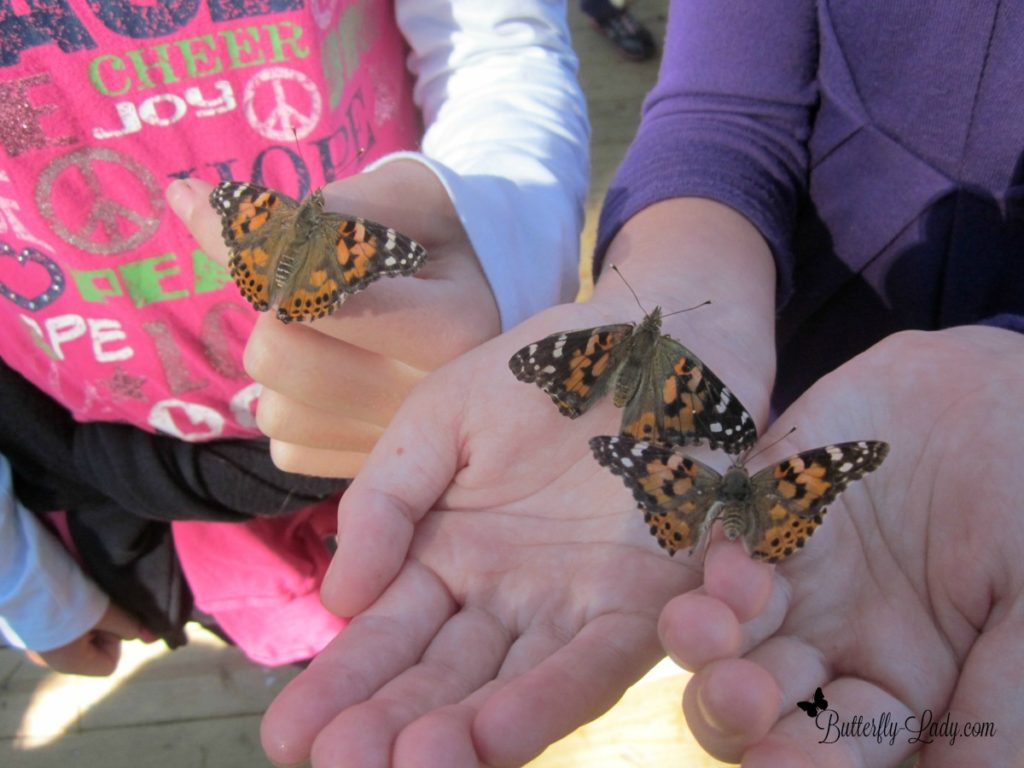
Many people believe the old wives’ tale that if you touch a butterfly’s wings and it loses some scales, it will die. Not so.
The truth is that butterfly wings are covered with hundreds of thousands, even millions in larger species, of tiny scales that overlap one another like shingles on a roof.
These scales protect and strengthen the translucent wing membranes and help provide lift.
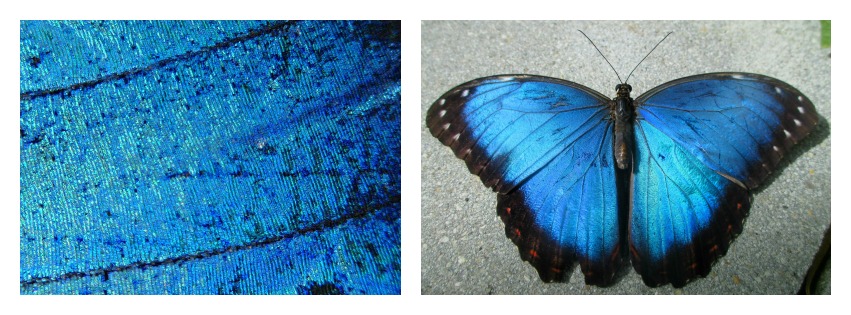


Drastic loss of scales will change the aerodynamics of the wing, making flight more strenuous and slow, but a butterfly can fly with most of its scales missing. In fact, butterflies are so resilient that they can still fly after losing parts of their wings.
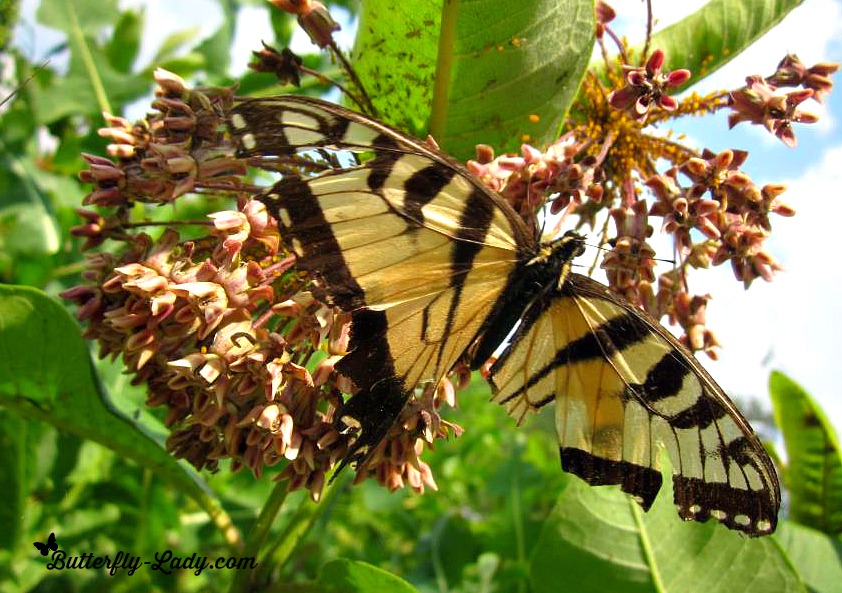
Slipperiness and easy detachment of butterfly scales help butterflies escape predators. Wear and tear is natural over an adult’s lifetime and a few scales are lost each time a butterfly flies. Severe weather, brushes with plants and spider webs all take their toll.

The longer a butterfly lives, the more likely its wings will be damaged. Scales form the colors and patterns butterflies need for mate selection, camouflage, predator avoidance and thermoregulation.
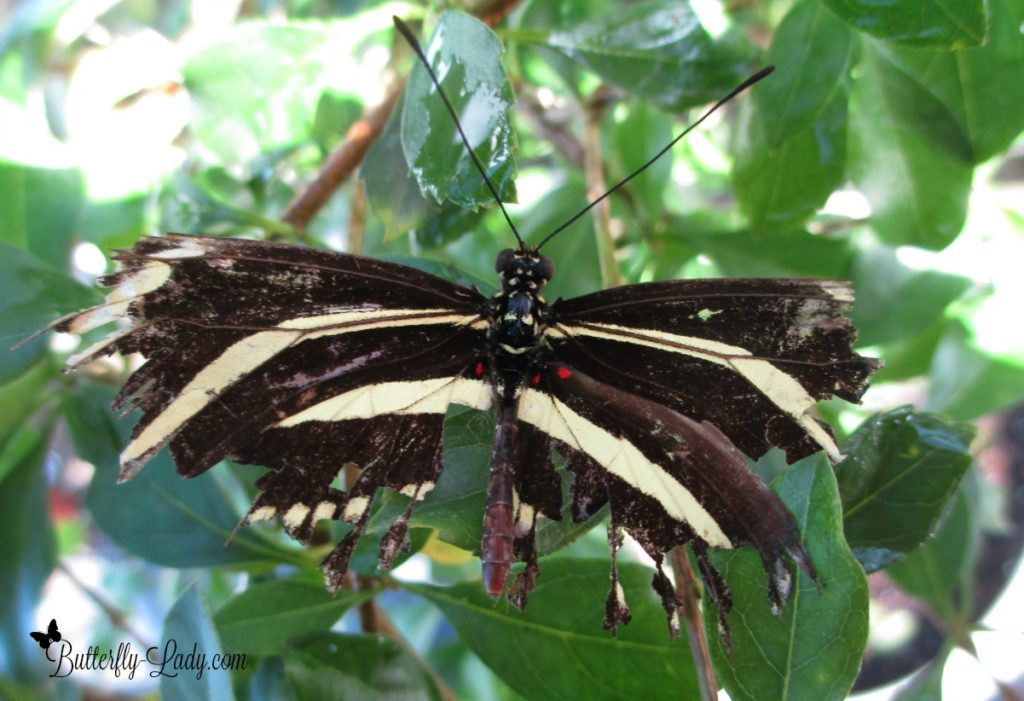
Although a butterfly will not die if you touch its wings, if too many scales are rubbed off, these benefits are diminished. So, handle them with care.

For a demonstration of how to properly pick up and hold a butterfly, I turn to John – a professional butterfly farmer in the Southeast.
So if you ever get the chance to hold a butterfly, it’s all good. Just be gentle, do it the right way, and treasure the joy.
